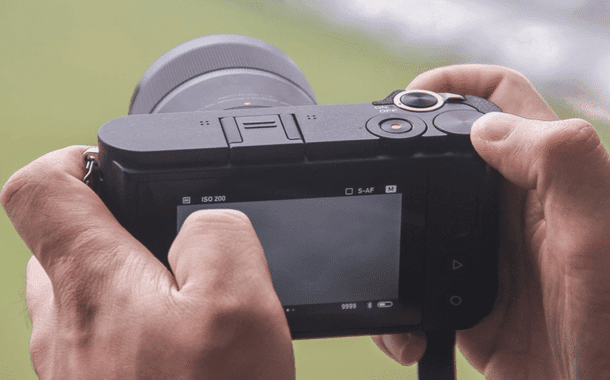It’s the decision that’s been playing on your mind for weeks, do you choose a DSLR camera, or a mirrorless camera? Maybe you’re just a beginner and want to purchase your first (professional) camera, or maybe you feel it’s time for a change, or you simply want to upgrade. Whatever your reason you’ll want to be sure to make the right choice.
The saying goes “You get what you pay for.” In many cases this is true, but with the demand growing for inexpensive cameras, the market has been forced to release more affordable products for the casual photography enthusiasts.
An important decision you’ll need to make is whether you choose a DSLR camera, or a mirrorless camera. Let me start with the DSLR.
Without scaring you off with all the technical jargon; the SLR is an abbreviation for Single Lens Reflex, which basically means you see exactly what the lens sees, and then add the Digital part and you’ve got a DSLR. The Digital Single-Lens Reflex (DSLR) camera has for a long time been the only choice in digital photography for professionals, however, with so many to choose from there’s never really been any issues with it.
A DSLR has the same optics and mechanisms of a regular (photographic film) camera, but with a digital imaging sensor. Because a DSLR has to pack so much inside (including a mirror and a prism), they are often quite bulky and awkward to travel with, even with a suitable carrying case. However, a DLSR still has lots of advantages.
They are generally considered the best camera type when it comes to complete control and producing high quality images. As well, they all feature a viewfinder, which is beneficial when shooting in bright sunlight, as it can be tricky to view your image through a screen. And because of the Single Lens, the viewfinder is also dedicated to aiding your composition of each frame, just how you want it.
Another key advantage that comes with buying a DSLR is the vast amount of lenses available, so whatever it is you’re shooting you can find a lens that’s suitable. The lens you’re using becomes a huge factor in the final outcome of your images, and several elements will come in to play, depending on what environment you’re in.
Nevertheless, if you’re just starting out as a photographer, or only want to upgrade from your point-and-shoot or smartphone, then the lens choice shouldn’t play such an important role in your choice of camera.

Now, let’s move on to the mirrorless, I don’t think I need to explain that unlike a DSLR, there’s no mirror inside. Instead, light passes directly through the lens and onto an image sensor for you to view on the display screen. This makes them noticeably smaller in size and lighter in weight than most Digital SLRs. Size does matter.
Mirrorless cameras are much easier to transport and don’t feel like a ball and chain when hanging around your neck. Perhaps you’re worried that mirrorless cameras are going to lack the image quality that DSLRs have, and although that was once the case, manufacturers are using the latest technology in their mirrorless cameras, so they can in fact be a tough competitor for many DSLR cameras.
With this in mind, there is also a high demand for more variety of lenses to be made that are compatible with the latest mirrorless cameras, because even professional photographers are now making the switch from DSLR to mirrorless. The simple reason for this is because even the newest mirrorless cameras, with the right lenses and adjustments, can produce superbly high quality images, and crisp 4K videos.
To give you an idea of the technical differences between a DSLR and a mirrorless, I wanted to choose two cameras priced at under $600 to compare, but this proved to be a little difficult when searching for a good DSLR, as most of them are priced at more than $600.
Based on only these two cameras (both priced under $600), in my humble opinion, the mirrorless camera comes out on top, particularly when taking the weight, video resolution and it’s intuitive LCD in to account. However, the DSLR’s articulating screen gives you more flexibility when shooting from different angles, and has an advantage with the ability to input an external mic, and use of a built-in flash.
However, this is not a review, just a basic comparison on two very good (and inexpensive) digital cameras. If you’re interested to know more information about the two cameras I compared, you can check out some review sites. Whatever your decision, I wish you happy snapping!




